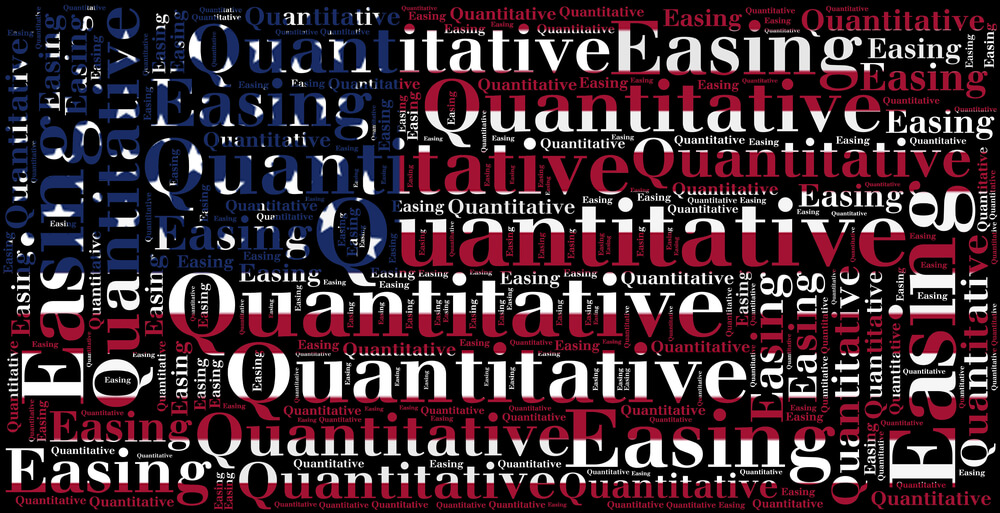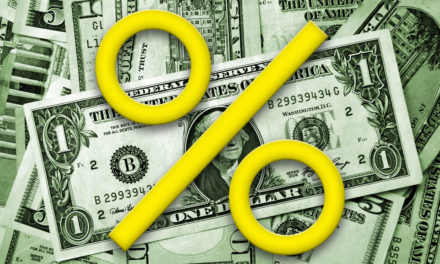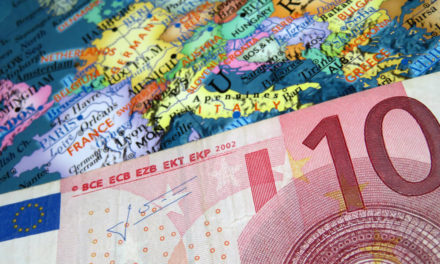Fed officials are considering a new program allowing banks to exchange Treasurys for reserves, ensuring liquidity during a recession that also would allow the central bank to shrink the size of its nearly $4 trillion balance sheet.
“This is a bad idea for the markets. We need to know if the markets can function on their own. Every time they try to fine-tune this thing they get it wrong.”
The idea centers around a “standing repo facility,” and the idea is to get banks to hold less reserves, thus helping the Fed shrink its balance sheet that ballooned to more than $4 trillion after the 2008 crisis and ensuing quantitative easing (QE).
QE is a drastic monetary policy in which the Fed pumps new money into the economy to help spur growth.
Fed economists say the new plan would ease the regulatory burden for banks who feel pressured into holding ulta-safe assets.
“The demand for reserves would decline substantially as a result. Ample reserves — and therefore the size of the Fed’s balance sheet — could in fact be much closer to their historical levels,” St. Louis Fed economist Jane Ihrig wrote in a recent paper on the subject.
Per CNBC:
A question of balance
Determining an appropriate size for the bond portfolio has been an ongoing headache at the Fed.
Fed Chairman Jerome Powell’s comments in December that a program to cut the balance sheet was on “autopilot” contributed to a market meltdown that lasted through the fourth quarter. Since October 2017, the Fed has been allowing a set level of proceeds from Treasurys and mortgage-backed securities holdings to roll off each month, resulting in a reduction of just shy of $500 billion.
A subsequent Fed policy pivot that included an intention to end the balance sheet roll-off in September assuaged the market. However, the question of where the level of bonds, and reserves, ends up over the long run remains.
Instituting a standing repo facility would encourage banks to hold more Treasurys and thus reduce the demand for reserves, which escalated following the financial crisis when big Wall Street institutions faced a crippling liquidity shortage. Congress responded to the crisis with reforms that mandated higher holdings of safe assets. While Treasurys are considered safe, they aren’t as liquid during times of stress.
The Fed ideally would like to see a lower reserve level, with the New York Fed putting the desired number from banks around $784 billion. The level of bank reserves at the Fed peaked at nearly $2.8 trillion in mid-2014 and is currently $1.55 trillion, or some $1.41 trillion above the required amount. Reserves and the bond assets are on opposite sides of the balance sheet and thus tend to move in sync.
Backers see the repo facility as a relatively risk-free way of giving banks a release valve in times of financial tightness while providing at least a stealthy form of QE.
“It makes it a much easier transition. The banks would not feel obligated to hold these reserves if the could get the reserves quickly by selling Treasurys to the Fed,” said David Beckworth, a research fellow at the Mercatus Center and former economist at the Treasury Department. “This would be a much more market-driven QE. The banks could quickly get reserves. You could see a big balance sheet again, but that would be driven by the banks.”
Under three previous QE stages — another called “Operation Twist” was balance-sheet neutral — the Fed credited itself with funds that it then used to acquire Treasurys and mortgage-backed securities. The total of the operations was about $3.8 trillion and is widely felt to have stemmed liquidity issues, held interest rates low and juiced up the prices of risky assets like stocks and corporate bonds.
Over the past year and a half or so, the Fed has sought to shed some of those assets and restore some normalcy to monetary policy.
Former Fed Chair Janet Yellen had characterized the balance sheet roll-off as akin to “watching paint dry” as it would run “in the background.” Reality, though, hasn’t been so smooth, and the Fed has sought ways to allay market fears that the new policy regime would be disruptive.
Shadows of the crisis
Beckworth said that under another recession or significant pullback “it’s almost guaranteed the Fed is quickly going back to QE. You can easily imagine the Fed doing QE4, QE5. The Fed’s balance sheet, if I had to bet money, is going to get pretty large in the next recession. It’s a really poor form of debt management.”
Supporters of the reverse repo facility said it would correct some of the mistakes of the past and stand as a bulwark against market disruptions like what happened during the financial crisis in 2008.
“There’s that old saying about liquidity is always there except when you need it most. If you’re a banker, what you’re most concerned about is that we’ll have another episode like what happened at the height of the financial crisis,” said Peter Ireland, an economics professor at Boston College and member of the Shadow Open Market Committee, which monitors Fed policy.
“The nice thing about the standing repurchase facility would be that the Fed would say to banks, ‘Look, we stand ready in times of stress to supply reserves on demand.’ This would enable banks to decrease their hold of excess reserves, which is what the Fed wants them to do, increase their holdings of Treasurys, which is what (banks) want to do, while still guarding against a freeze-up of markets during times of stress.”
How quickly the Fed might take up the idea is uncertain. Ireland said he expects the central bank likely wouldn’t act until it became necessary, for fear of “unintended consequences.”
The policymaking Federal Open Market Committee meets Tuesday and Wednesday, so the item could come up on the agenda. The committee is almost certain to not raise rates, but faces several questions. Fed watchers have been wondering whether the committee will make a technical adjustment to the interest it pays on excess reserves, which is now running 4 basis points behind the funds rate, a unique relationship for the two rates.
These are the types of issues the Fed may have to wrestle with on a continuing basis, prompting some observers to question the need for more intervention.
“This is a bad idea for the markets. We need to know if the markets can function on their own,” said Christopher Whalen, head of Whalen Global Advisors and publisher of the Institutional Risk Analyst blog. “Every time they try to fine-tune this thing they get it wrong.”
Whalen said the Fed now faces an intensifying danger of being a perpetual liquidity provider, rather than just the lender of last resort that had traditionally been its function prior to the crisis.
“The Fed has to rethink their approach to short-term markets,” he said. “They just decided on their own without consulting Congress that they can do this. They’re way out over their skis. Future chairmen are going to be held to account for these extraordinary policy moves.”




